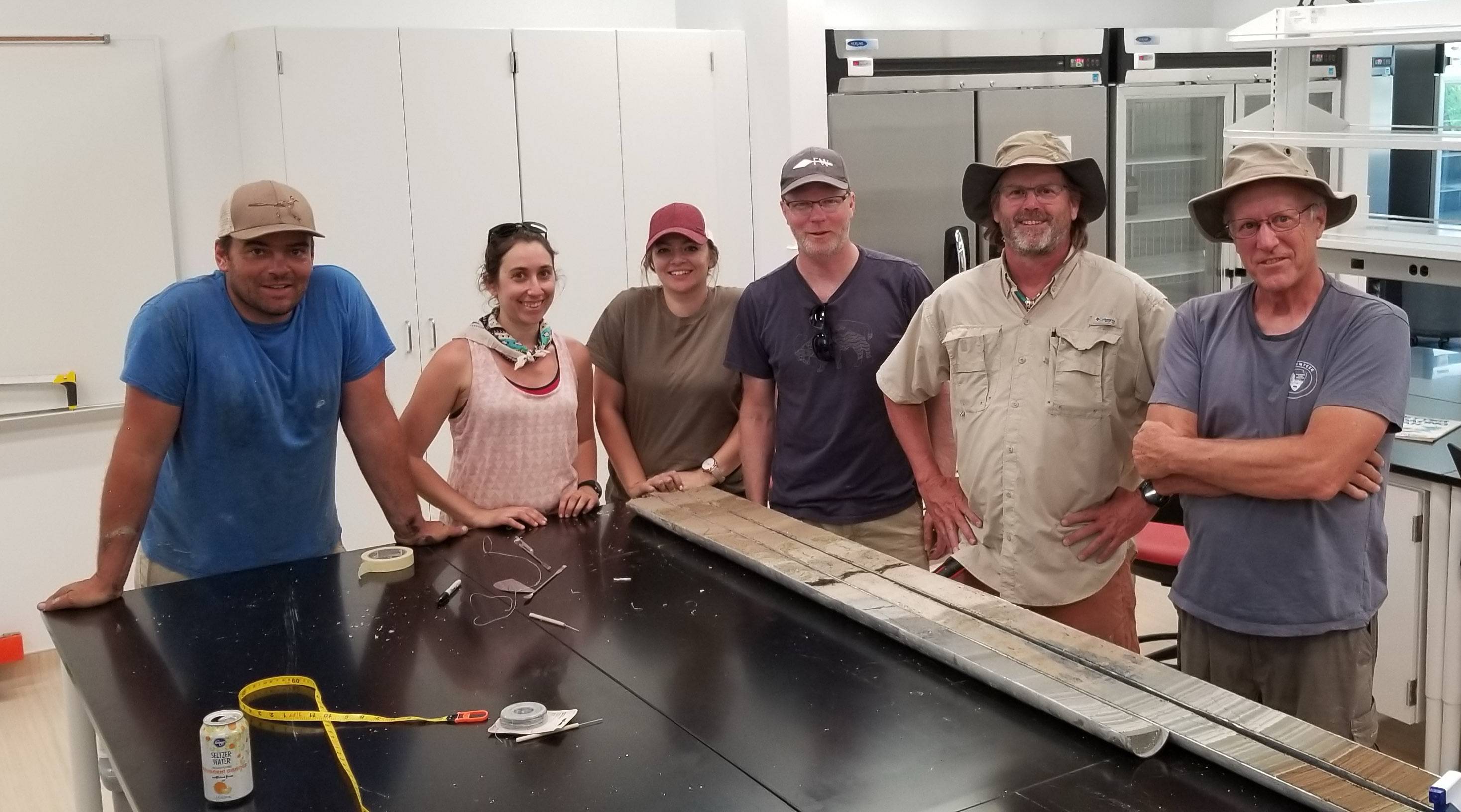Bonneville Basin Paleoecological Research in and around Dugway Proving Ground, West Desert, Utah
From ~30,000-10,000 cal yr BP Lake Bonneville occupied much of the Bonneville Basin. Lake Bonneville has increased and decreased in size over this time leaving shorelines of various elevations. Dugway Proving Ground (DPG) occupies part of the Lake Bonneville lake basin and includes areas that are former shorelines of the large lake. The habitats provided by the various shoreline environments were likely heavily utilized by early humans as evidenced by the recovered artifacts, ranging in age from Paleo-Indian (>10,000 years old) to those from historic times. To understand the occupation history, it is important to also understand the paleoenvironmental conditions at the various times of occupation. Paleoenvironmental reconstructions can be produced by the analysis of proxy data preserved in sediment records. A pilot project was initiated in May 2014 and two sediment cores were recovered from extant wetland features. Sediment cores from over 20 locations at different elevations and depositional environments have since been collected and the ongoing paleoecological reconstructions are providing a synthetic picture of the land use and paleoenvironmental history across space and time.
Funded by: Department of Defense Dugway Proving Ground
Research team: Rachel Quist, Jennifer DeGraffenried, Dr. Isaac Hart
Student researchers: Kelsey Howard, Marianne Newell, Victoria Simmons, Dr. Kaylee Jones, Savannah Bommarito, Madi Vorkink, Melanie Osuna, Ky Haslam, Marti Sorensen

